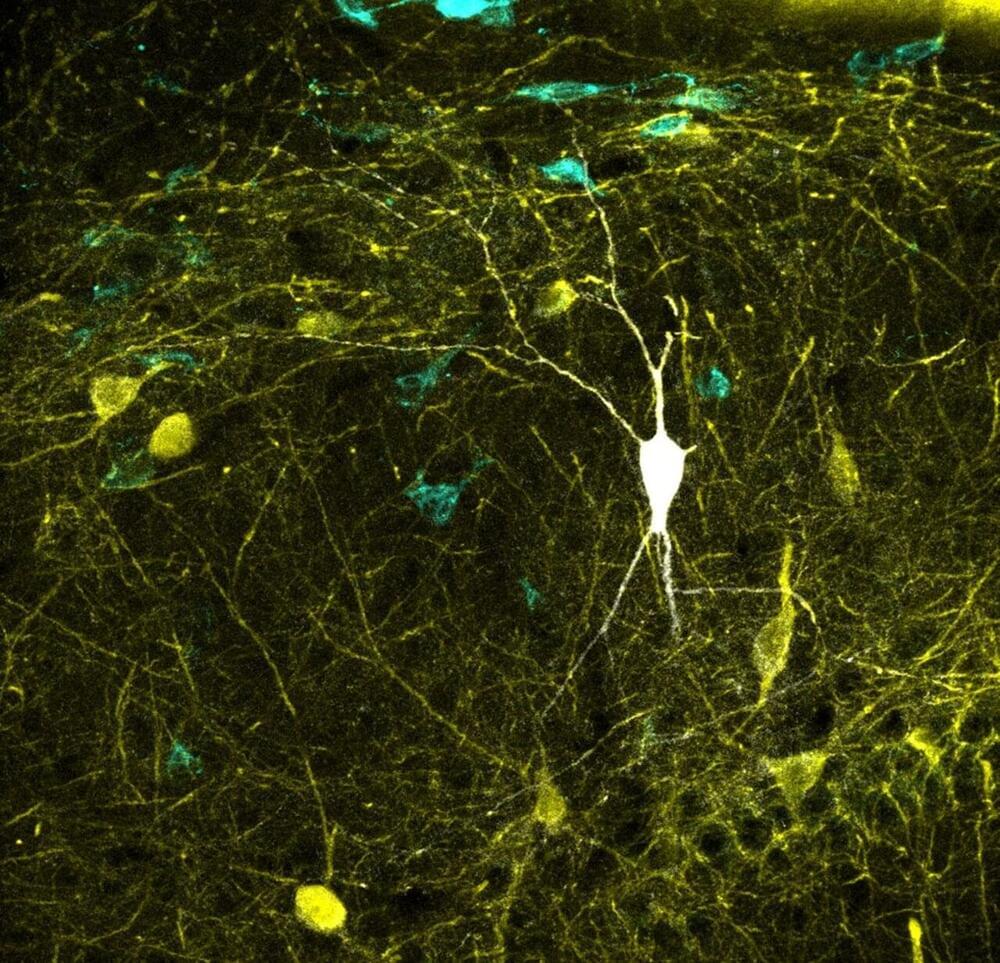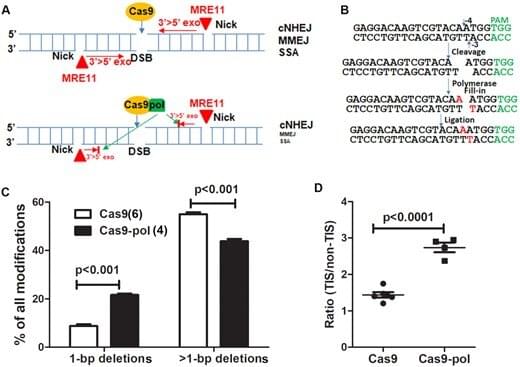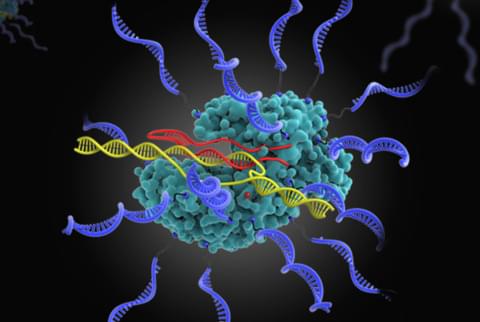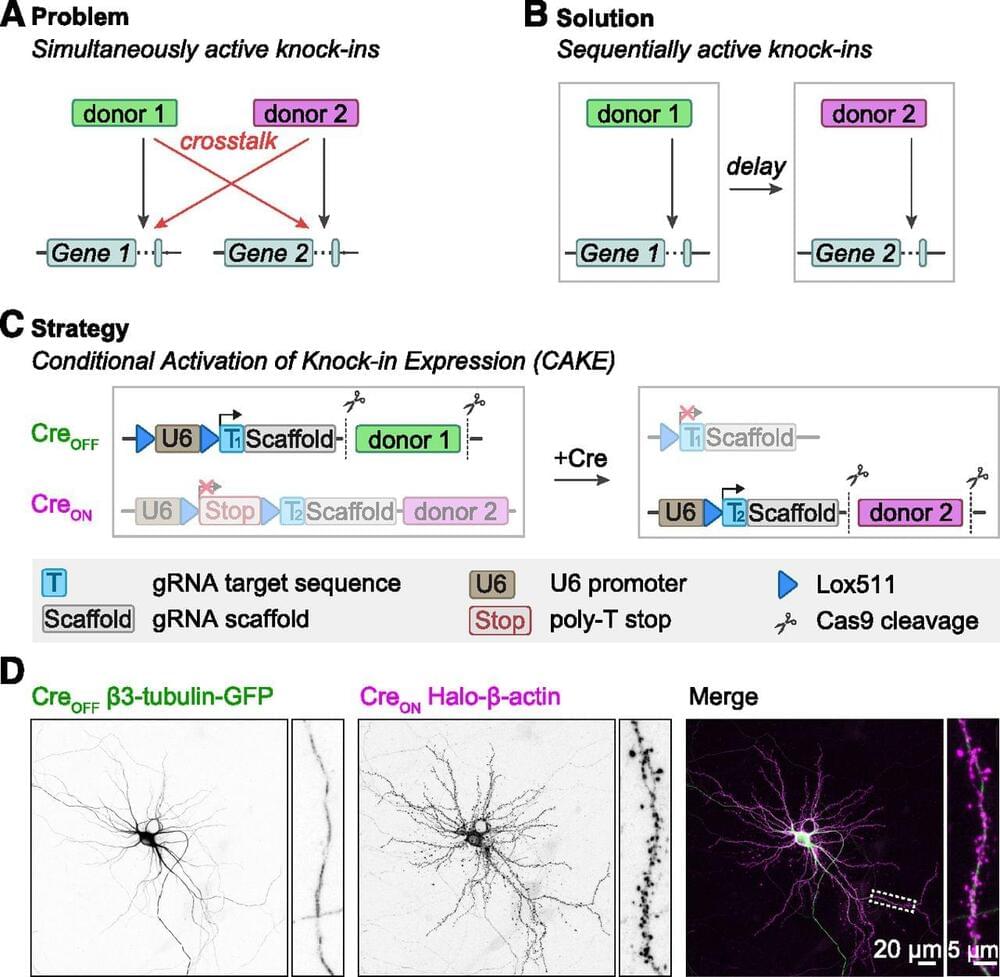*Intelligence Beyond the Brain: morphogenesis as an example of the scaling of basal cognition*
*Description:*
Each of us takes the remarkable journey from physics to mind: we start life as a quiescent oocyte (collection of chemical reactions) and slowly change and acquire an advanced, centralized mind. How does unified complex cognition emerge from the collective intelligence of cells? In this talk, I will use morphogenesis to illustrate how evolution scales cognition across problem spaces. Embryos and regenerating organs produce very complex, robust anatomical structures and stop growth and remodeling when those structures are complete. One of the most remarkable things about morphogenesis is that it is not simply a feed-forward emergent process, but one that has massive plasticity: even when disrupted by manipulations such as damage or changing the sizes of cells, the system often manages to achieve its morphogenetic goal. How do cell collectives know what to build and when to stop? Constructing and repairing anatomies in novel circumstances is a remarkable example of the collective intelligence of a biological swarm. I propose that a multi-scale competency architecture is how evolution exploits physics to achieve robust machines that solve novel problems. I will describe what is known about developmental bioelectricity — a precursor to neurobiology which is used for cognitive binding in biological collectives, that scales their intelligence and the size of the goals they can pursue. I will also discuss the cognitive light cone model, and conclude with examples of synthetic living machines — a new biorobotics platform that uses some of these ideas to build novel primitive intelligences. I will end by speculating about ethics, engineering, and life in a future that integrates deeply across biological and synthetic agents.






